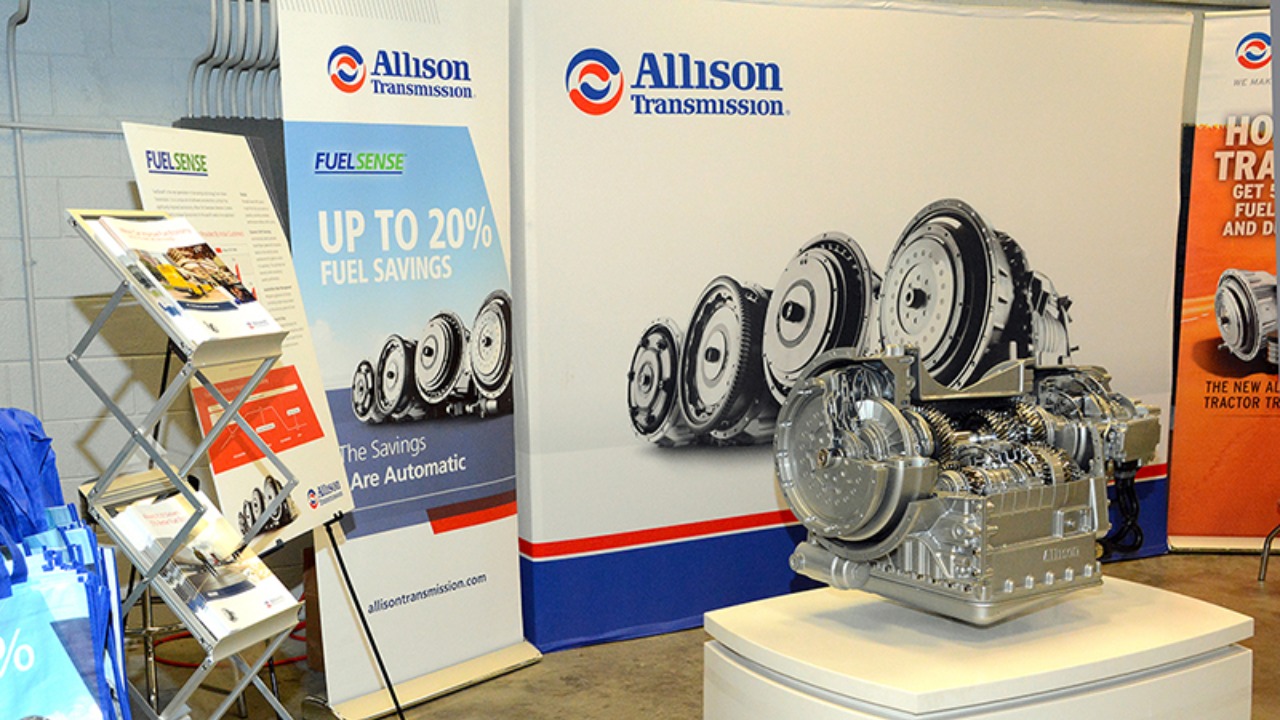
General Motors (GM) has announced the removal of Allison Transmission badging from its heavy-duty Chevrolet Silverado and GMC Sierra pickups, starting with the 2025 model year. The decision, driven by escalating costs due to U.S. tariffs on imported steel and aluminum, marks the end of a partnership that began in 2001. This move is indicative of broader industry pressures resulting from the Section 232 tariffs imposed in 2018, which have significantly increased material costs for suppliers like Allison Transmission Holdings Inc.
Background on the GM-Allison Partnership
The GM-Allison partnership was born out of a 2001 agreement, which saw GM featuring Allison badging on Duramax diesel-equipped Silverado and Sierra models. This was done to highlight the performance of the Allison 1000 series transmission. Over the years, the collaboration saw significant milestones, including the 2011 expansion to include more variants and the 2019 update to Allison’s 10-speed transmission integration, as noted in an Allison Transmission press release. The Allison branding played a crucial role in GM’s marketing strategy, appealing to fleet buyers and off-road enthusiasts who value the transmission’s durability ratings of up to 1,000 lb-ft torque capacity.
Impact of Tariffs on Automotive Supply Chains
The Section 232 tariffs, enacted on March 23, 2018, by the Trump administration, imposed 25% duties on steel and 10% on aluminum imports. These tariffs have increased costs for U.S. automakers by $1.5 billion annually, according to the American Automotive Policy Council. These tariffs have had a significant impact on transmission components, with Allison sourcing 30% of its raw materials from Canada and Mexico. This has led to a 15% rise in production costs, as reported by Bloomberg. Furthermore, retaliatory tariffs from trading partners, such as Canada’s 25% levy on U.S. vehicles, have exacerbated supply chain disruptions for GM’s cross-border operations.
Cost Pressures Specific to GM’s Truck Lineup
GM has faced significant cost challenges, including a $2.7 billion hit from tariffs and inflation in 2023. This has prompted efficiency measures across its truck division, as detailed in GM’s Q4 2023 earnings call. The Silverado and Sierra’s reliance on Allison-equipped models, which account for 40% of heavy-duty sales (over 200,000 units annually), has made the removal of the Allison badge a direct response to per-vehicle cost increases of $500–$800. Internal GM memos from January 2024, leaked to Reuters, indicate that dropping the badge saves $10 million yearly in licensing and marketing fees to Allison.
Allison Transmission’s Response and Business Implications
Allison CEO David S. Graziosi, in the February 2024 earnings call, stated, “While we respect GM’s decision, our technology remains integral to their vehicles, and we’re exploring new badging opportunities with other OEMs.” Allison’s financials show a 5% revenue dip in Q1 2024 to $601 million, partly attributed to the GM news, as per Allison’s SEC filing. This development may lead to shifts in Allison’s focus, such as an increased emphasis on non-GM markets like medium-duty trucks for Navistar, where badging continues on International MV series vehicles.
Broader Industry Trends in Supplier Branding
Similar cost-cutting moves have been observed in the industry, like Ford’s 2022 decision to phase out ZF badging on F-150s amid chip shortages, reducing supplier royalties by 12%, as covered by WardsAuto. There’s a rising trend of “black badge” strategies among OEMs, with Stellantis dropping Magna branding on Ram trucks in 2023 to avoid tariff-inflated fees, saving an estimated $15 million. Analyst insights from J.P. Morgan predict that 20% of luxury badging deals could end by 2026 due to ongoing trade tensions.
Future Outlook for GM’s Heavy-Duty Trucks
The 2025 model changes include unbadged Allison 10L1000 transmissions on Silverado HD and Sierra HD, with no performance alterations but potential marketing shifts to emphasize GM’s in-house engineering. GM’s tariff mitigation strategies include reshoring 20% of steel sourcing to U.S. mills like Nucor, aiming to offset $300 million in annual costs, as stated by GM CFO Paul Jacobson in a March 2024 interview with CNBC. Competitive effects could be significant, with rivals like Ram maintaining Aisin badging, which could influence buyer perceptions in the $50,000+ heavy-duty segment where branding sways 15% of purchases, according to J.D. Power.
More from MorningOverview